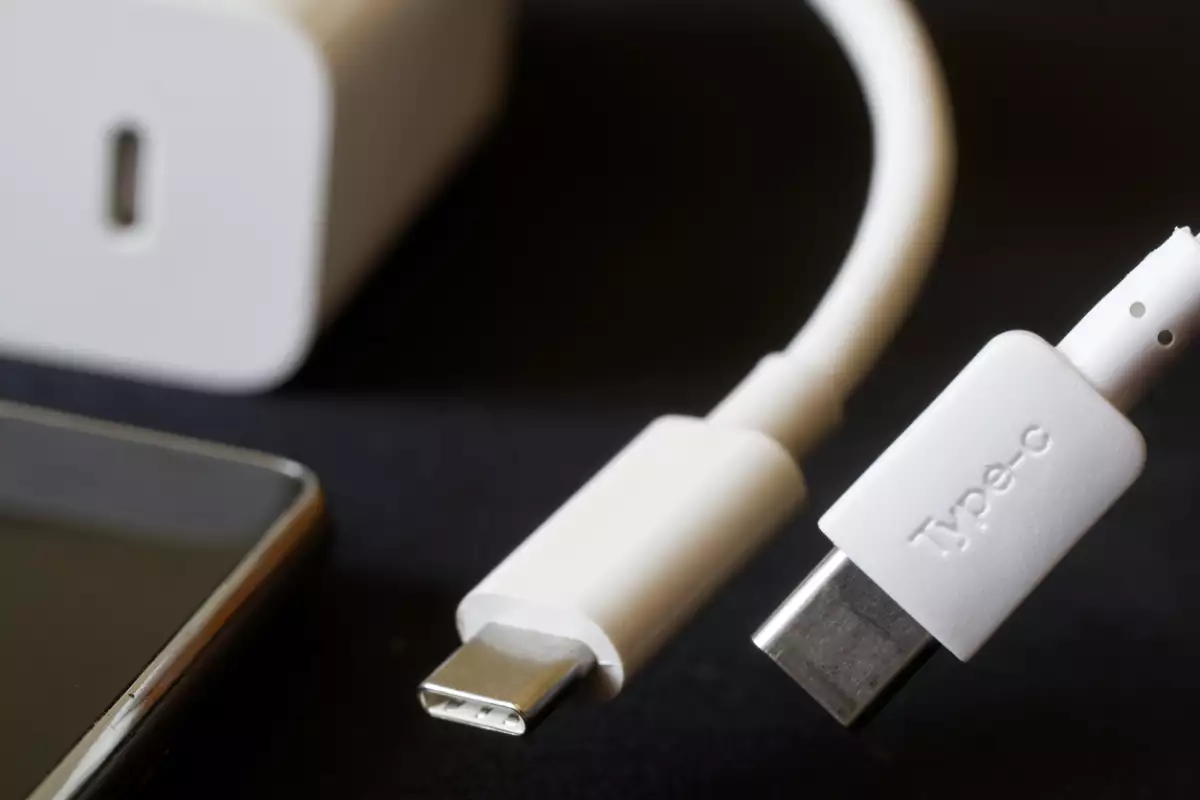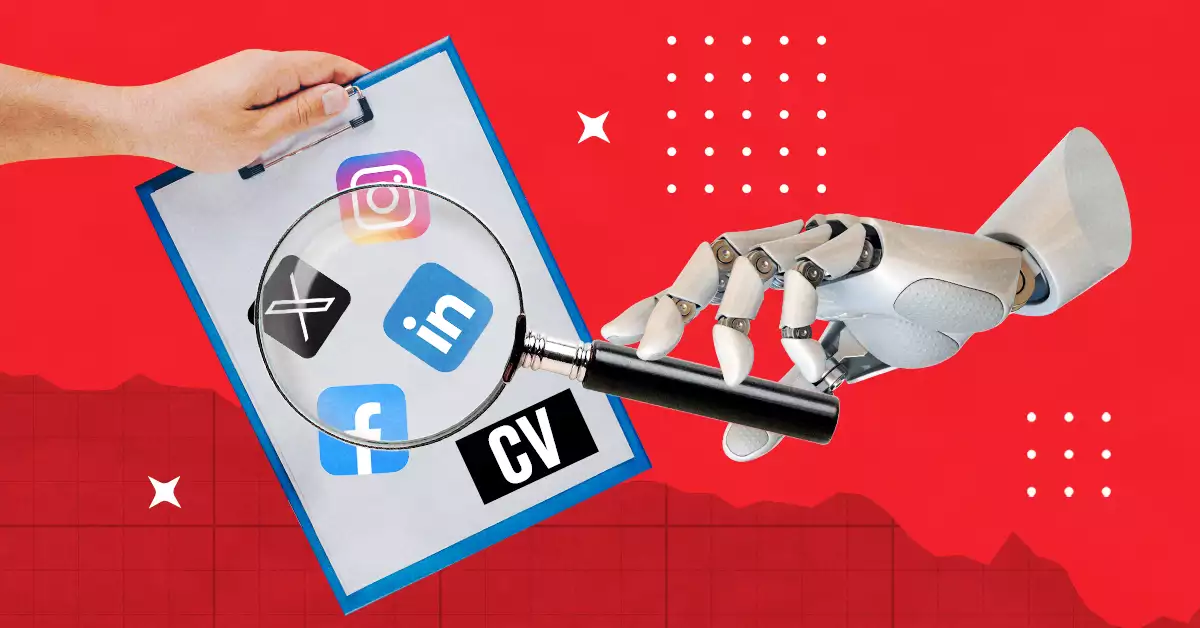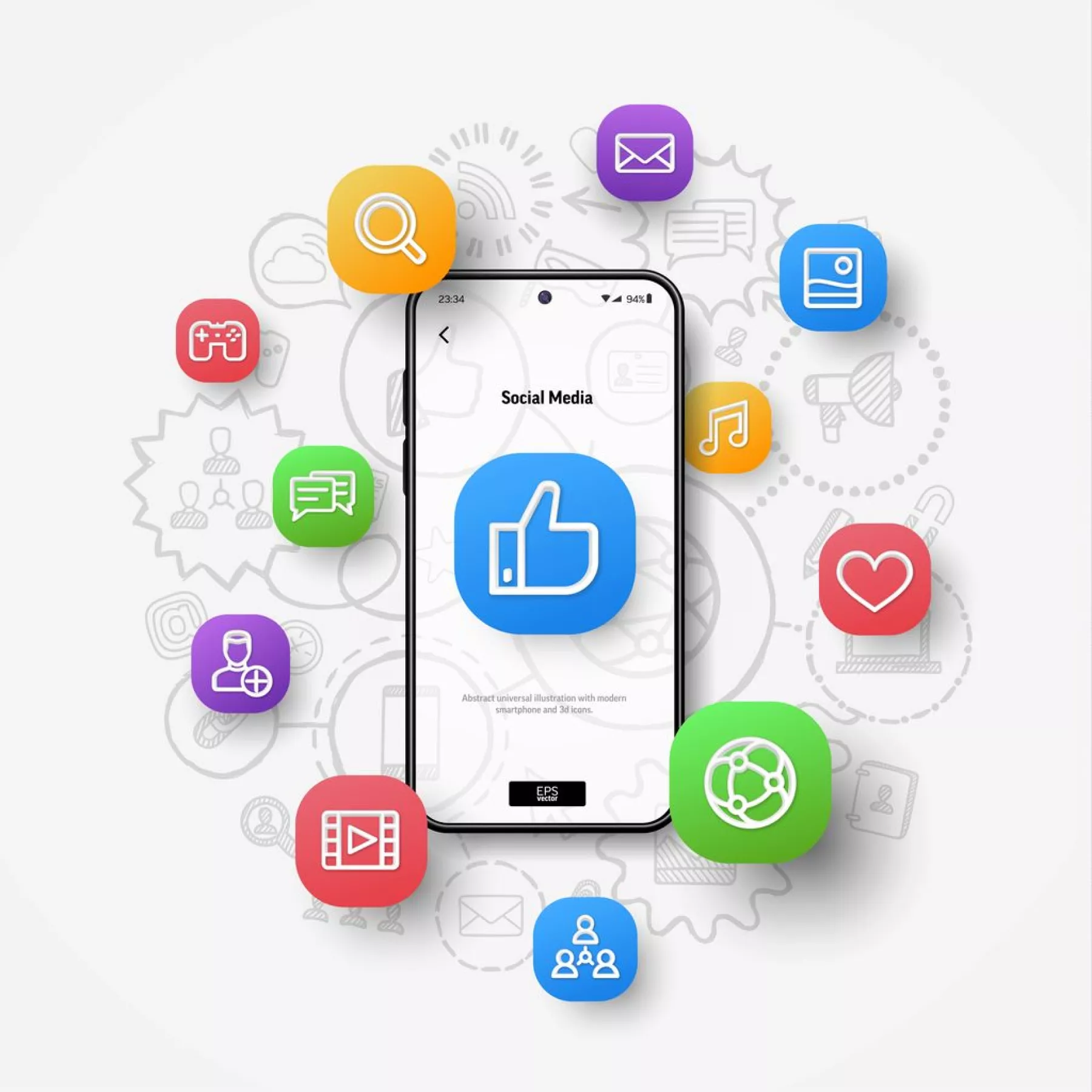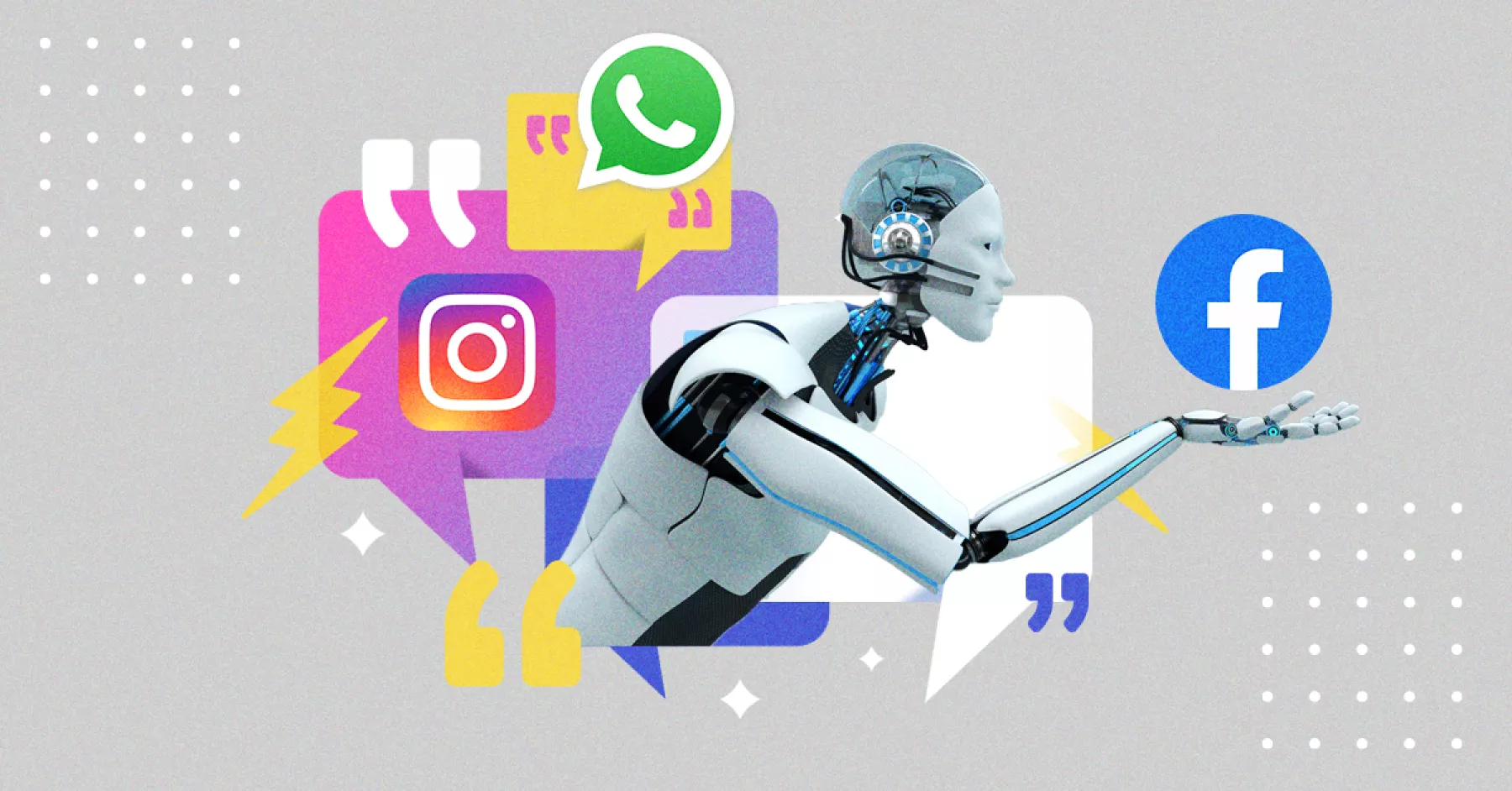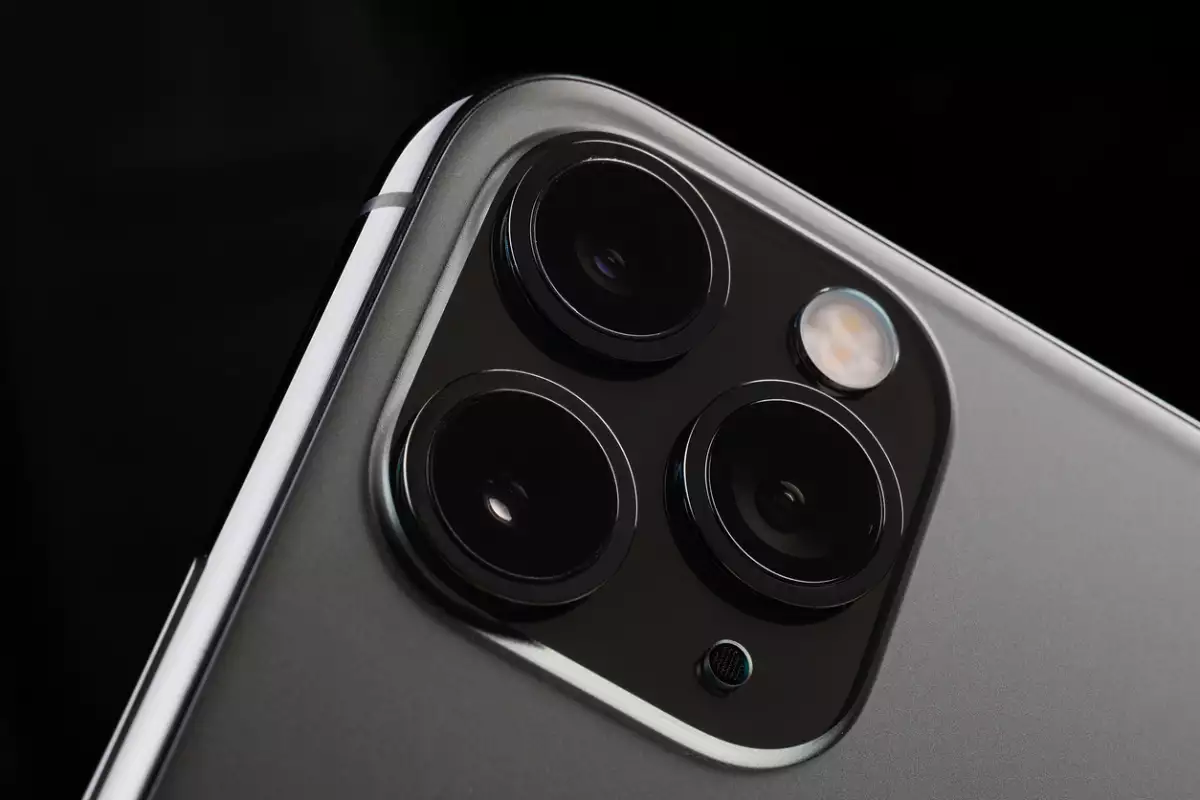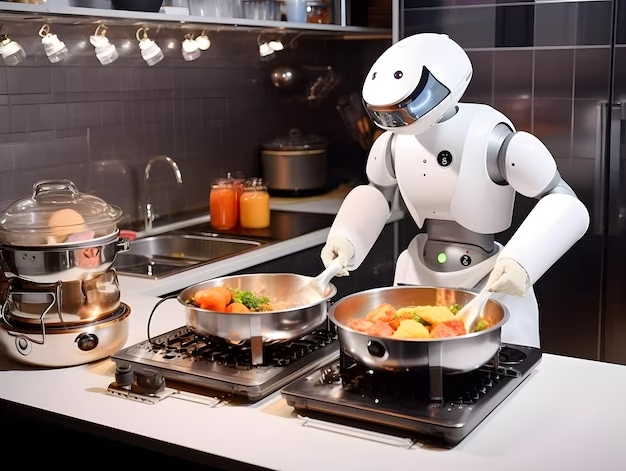
Robots, the godinez of 2025
Artificial intelligence will allow robots to perform mid-level jobs; experts acknowledge that societies are not educated to face the challenges of the next decade.
Bank employees, public transport workers, secretaries, office workers, editors, fast food chains , and cleaning and healthcare staff could all be replaced by robots over the next decade.
“ Artificial intelligence (AI) will replace routine jobs , even those requiring complex tasks in legal, clerical, and service areas. I’m not sure all jobs will disappear at the same time, but it’s possible that low-level jobs will become scarcer and lower-paid. The middle class will move to the bottom,” said Justin Reich, a member of Harvard’s Center for Internet and Society.
Reich is one of 1,899 experts in technology, robotics, artificial intelligence and electronics that Pew Research surveyed to find out the economic and social impact that intelligent robots will have around the world by 2025.
The results show a clear division between those who believe that intelligent robots will bring a new era of greater productivity and human quality (52%) and those who believe that machines will eliminate a large part of mid-level jobs (49%).
Vint Cerf, considered one of the fathers of the Internet, commented that despite its widespread use, the machines, devices and robots of the future will need a human being to design them and, in part, build them.
“Historically, technology has created more jobs than it has destroyed. There is no reason to think that this will be any different,” Cerf said.
However, some experts said the accelerated use of AI in computers and robots could even push the middle class much further down the socioeconomic pyramid as machines take on roles in service areas.
“Autonomous systems will replace humans in many service areas that have routine functions. People in customs control, cleaning staff, car, train or bus drivers, and office workers – those jobs that some people call ‘invisible people’ – will be performed by robots by 2025,” said Global Information Highway director Olivier Crepin-Leblond.
The Pew report notes that most experts surveyed acknowledged that the current education system is lagging behind in an increasingly accelerated technological scenario.
“The jobs that robots leave for humans will require a great deal of understanding and knowledge. Simply put, only the most highly educated will be able to compete with the machines. The problem is that educational systems in much of the world still seat students in rows and columns, and teach them to be quiet and memorize what they are told, thus preparing them for a 20th-century life that no longer exists,” said sociologist and Web consultant Howard Rheingold.
Between Siris and drones
Experts agreed that the main areas that will be impacted by the mass adoption of intelligent machines will be security, health and services.
“We will see the first versions of machines like Robocop in the form of surveillance drones, which monitor the streets of a city through images, sounds and videos. Some of them will even be able to analyze and detect chemical components in search of explosives or with infrared vision systems or thermal technology,” explained Marc Rotenberg, president of the Electronic Privacy Information Center (EPIC).
Rather than humanoid machines that replace humans in their workday, experts agreed that intelligent robots in 2025 will be devices that perform specific operational or assistance tasks.
Their main objectives will be to monitor the patient's health and alert medical staff of changes or complications, or to help elderly or disabled people get dressed, get out of bed or feed themselves, explains one of the principal researchers at MIT's Computer Science and Artificial Intelligence Laboratory, David Clark.
But the role of machines in health could go far beyond personal assistance.
“We will see robots or advanced AI in medical research and clinical analysis. But in developing countries or areas of poverty, robots could serve as a kind of ‘Doctors in a Box,’ dedicated to performing blood tests, blood pressure tests or simple diagnoses in rural areas,” said University of Southern California researcher Daren C. Brabham.
Twendy-one, a Japanese robot for assisting disabled or elderly people (Photo: Courtesy of Twendy-one)
Although not very visible, some of the changes have already begun. Virtual assistants such as Siri, Cortana or Google Now, which respond based on the social context and language of their owners, are the first steps towards a new era of human-machine interaction.
Google's chief economics officer, Hal Varian, said that much of the interaction of the future will be through voice with intelligent systems that are able to understand, know who we are and even infer and execute our needs.
“Digital assistants in 2025 could be the new secretaries of the future, capable of taking or denying calls, managing our schedules, taking care of administration and when the car needs service, doing the shopping when needed, paying taxes and even managing our personal finances,” added one of the people interviewed by Pew.
The transformation, according to the report, will not be spontaneous, but will respond to the reflection of technological evolution. In other words, big changes begin with small details, those that are difficult to perceive with the naked eye, said programmer and winner of the Electronic Frontier Foundation award, Seth Finkelstein.
“A photo of a street in 2013 is not that different from one taken 50 years ago. The buildings, cars and people are relatively similar. In both photos there are people walking down the street with little rectangles in their hands, but when you look closely you see the difference between those carrying a transistor radio and those carrying a smartphone. That’s where you notice the magnitude of the change,” he said.
Leave a comment:
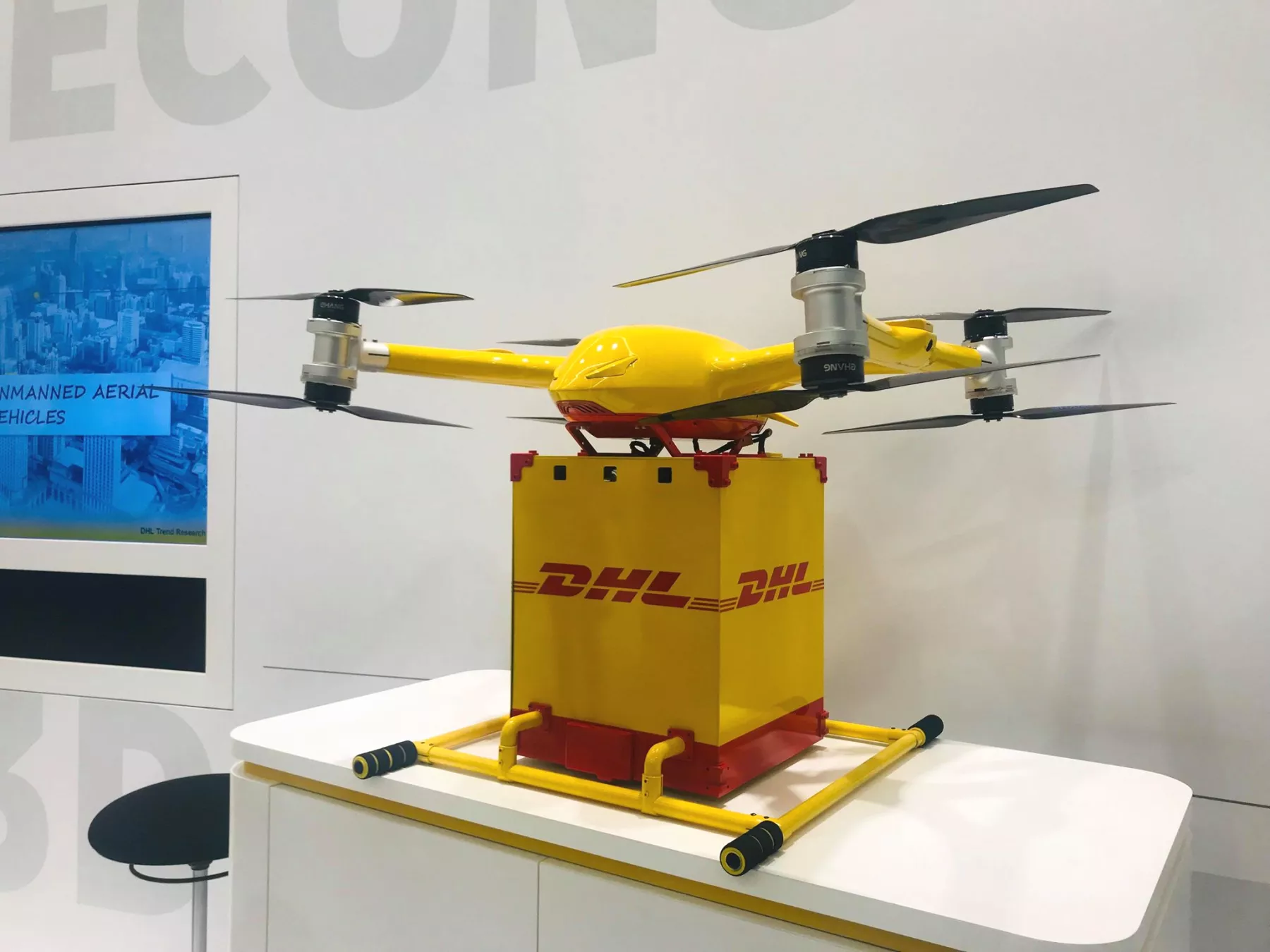
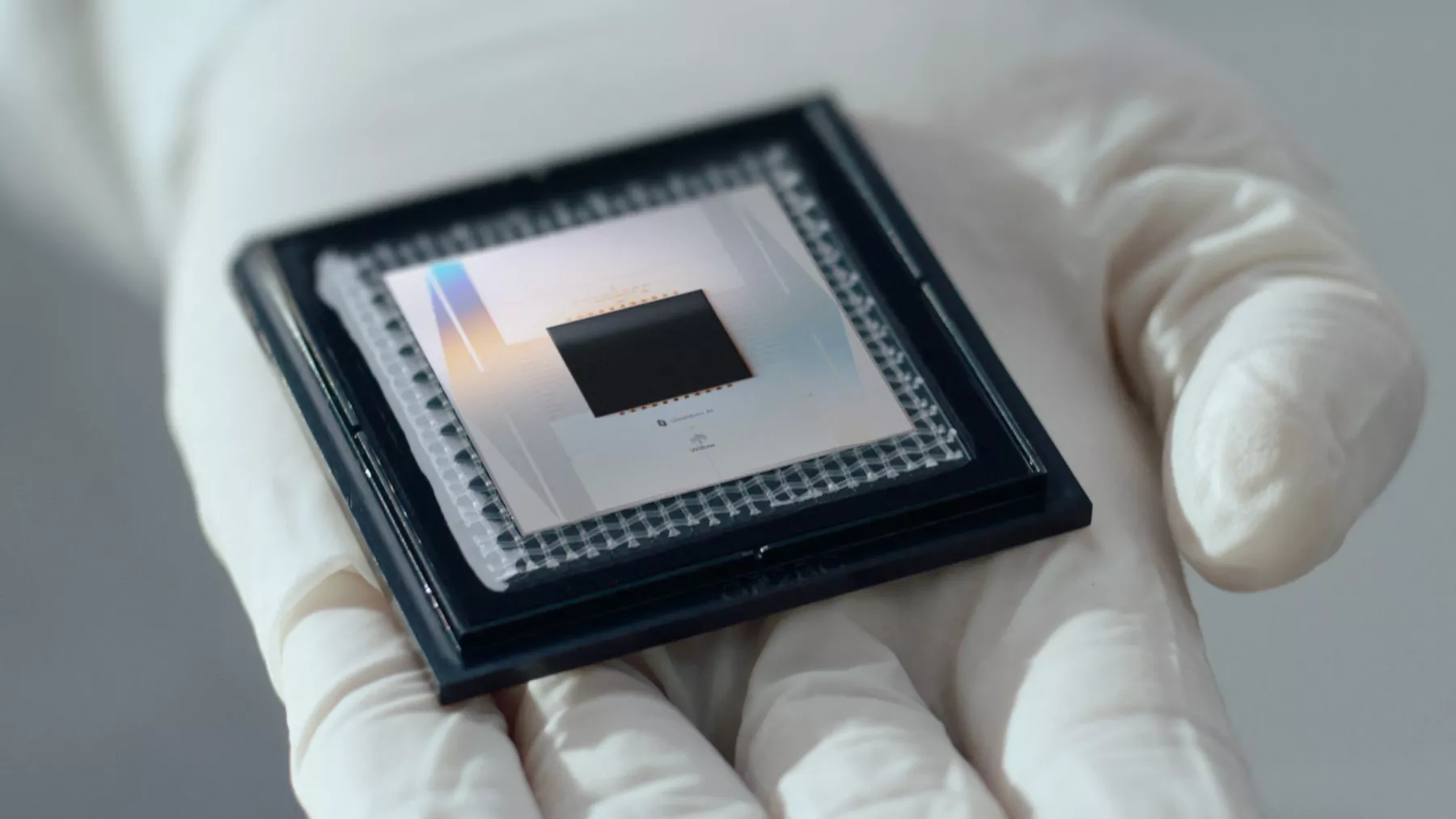
Tranding News
